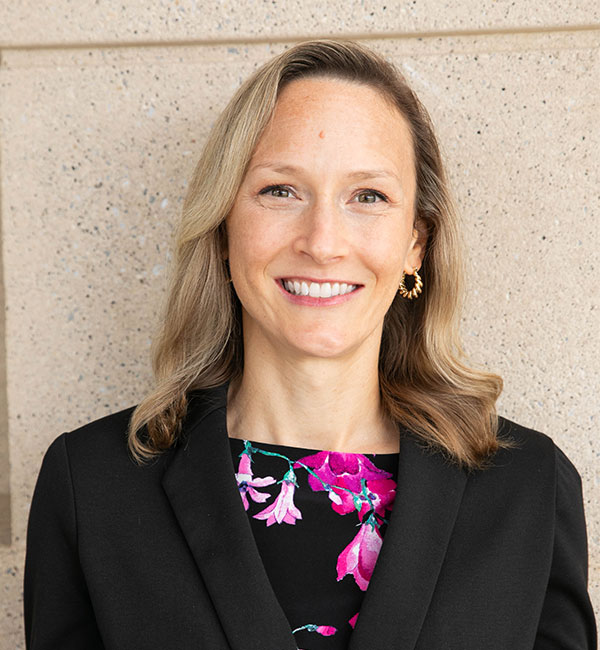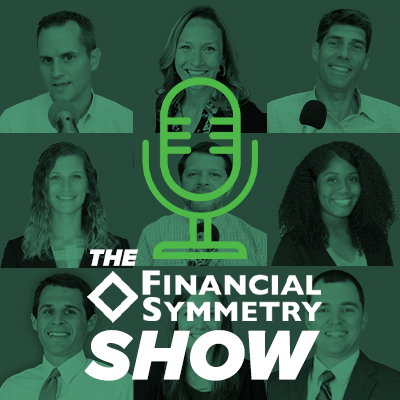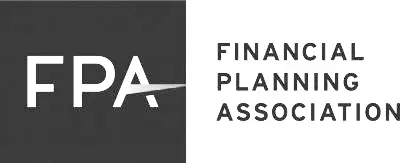A few weeks ago, I had the pleasure to attend the inaugural Wealth/Stack Conference in Scottsdale, Arizona. The content of the conference piqued my interest for multiple reasons, but I had 2 main goals in attending:
Tech Stack
In financial advice as in all industries today, technology is rapidly changing the way we do business. For financial advisors this has led to the use of multiple software systems that serve different purposes and don’t always play nicely with each other. In most cases when we are working on 1 client, we are likely using several pieces of software to fully analyze their situation, so we are always looking for solutions that perform these functions better, more efficiently, and ideally serve multiple purposes. The FinTech Solutions Map from Michael Kitces beautifully illustrates this landscape:
Women’s Initiatives
I am passionate about empowering women in finance and recruiting and retaining more women in the financial advice industry. Only 23% of CFP® professionals are women and that number has stagnated over the past decade. Clearly there is more work to be done. The conference organizers put their money where their mouth is and offered conference tickets for women at 78 cents on the dollar. There were also many panels lead by women and a session on the new Female Advisor Network. This is a movement I want to be a part of, and it was an honor to connect with other women on this journey.
While the conference did not solve these two issues, attending did help reinforce the initiatives that are already in place and spark new ideas for best practices moving forward. My top 5 takeaways that we can implement in our work with clients and as a firm were:
Online Consistency Counts
Joe Duran of United Capital made the statement that in the modern economy “people trust google more than their own friends.” A theme of the conference was our client’s online user experience. Spending time online has become a part of our daily lives and as business owners it is important to stay relevant and authentic online. Many prospective clients will watch you online for a while as a way of “getting to know you” before they decide to engage with you professionally. They want to feel confident that your online persona matches what they see in person.
Systematize the Ordinary to Deliver the Extraordinary
Financial planning is a labor-intensive process. The initial data gathering, analysis, and development of recommendations has traditionally been cumbersome for both the client and the planner. Modern tools are streamlining this process to make the time clients spend with their advisors more meaningful. Ultimately, we want our clients to live their best lives. Toward this aim we are constantly revisiting our processes to make sure we are providing the most meaningful feedback in a simple, elegant manner. Ideally clients should be able to easily access these solutions on the go. These are things we constantly consider as we develop Client Center.
Don’t try to change the behavior, change the context
Dan Egan from Betterment gave a fascinating talk on investment performance expectations. He emphasized that expectations minus reality equals happiness. A good deal of research has been done on behavioral biases that can prevent investors from making good financial decisions. However, much of the focus has been on trying to prevent mistakes these biases can cause. I love the new school of thought to use these behaviors and natural tendencies in a positive way to achieve better outcomes.
Current industry standards are not adequate to protect investors
A lively panel on the “Death of the Fiduciary Rule” reinforced what fee-only advisors and NAPFA members already know. Industry jargon continues to muddy the waters when consumers are searching for a financial advisor they can trust. The answer thus far has been for firms to disclose conflicts of interest to clients. This has had the opposite effect than intended. Disclosure has increased trust rather than raising concern. This is a problem as 80% of managed assets are at dually registered firms and fees for retail clients with small accounts are very high.
Empowering the Consumer has higher efficacy
When I started my career as a financial advisor, I thought my job was to have all the answers. I would often feel confused when clients didn’t follow my great advice. Over time I realized my role was to empower clients to make these decisions themselves. Financial planning is a collaborative, ongoing process. It was great to see how industry leaders are incorporating these concepts into technology to nudge consumers toward better financial outcomes. These are ideas we can incorporate in our daily interactions with clients and prospects.
Overall attending the conference helped me gain clarity on initiatives we are pursuing here at Financial Symmetry and generate new ideas as we continue moving forward in a digital world. Networking with advisors from other firms and learning about their businesses is always a highlight of attending conferences as well. This conference was particularly interesting in that regard as there were many attendees from the brokerage side of the industry. I was also able to spend time with long term clients of ours who moved to Arizona years ago. I call that a Win, Win, Win.





